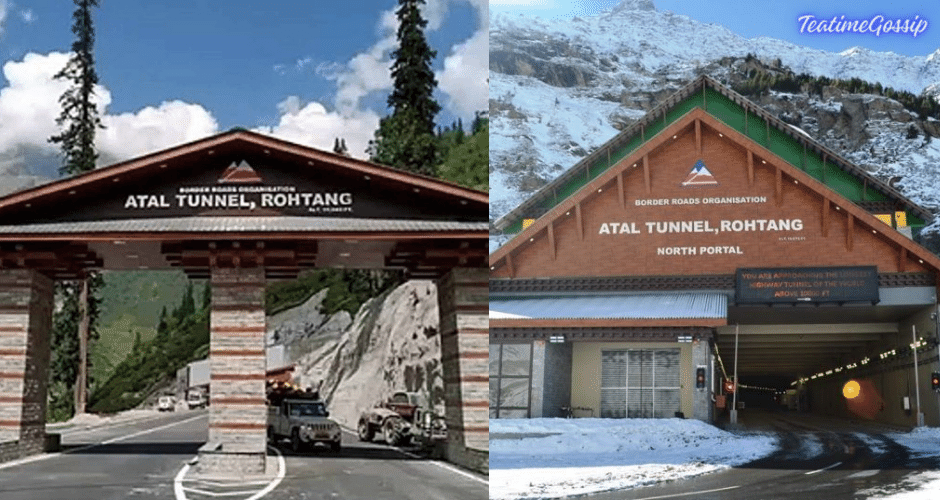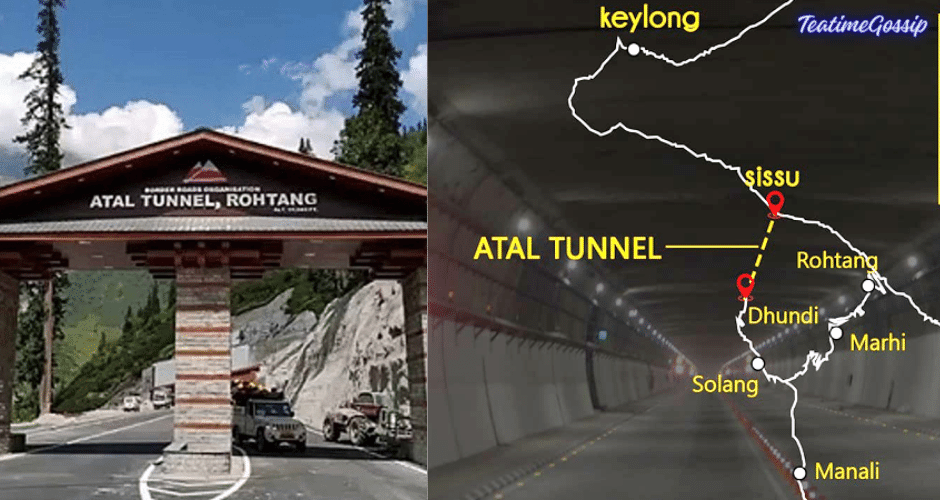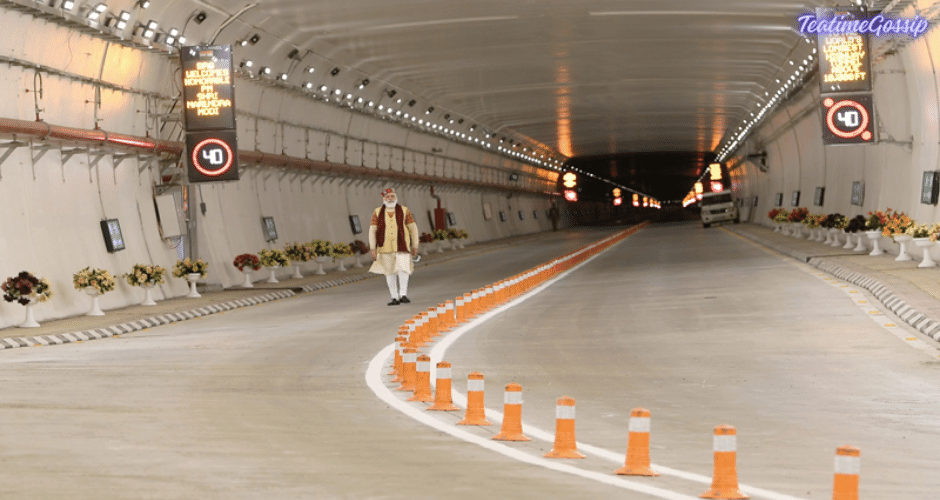Atal Tunnel: Engineering Marvel Connecting Hearts and Highways

Nestled amidst the rugged terrain of the Himalayas, the Atal Tunnel, also known as the Atal Tunnel, emerges as a testament to human ingenuity, perseverance, and the spirit of connectivity. Spanning a length of 9.02 kilometres (5.6 miles) at an altitude of over 3,000 meters (9,800 feet) above sea level, this engineering marvel stands as the world’s longest highway tunnel above 10,000 feet. Serving as a lifeline for the remote region of Lahaul-Spiti in Himachal Pradesh, India, the Atal Tunnel not only shortens travel time but also opens up new vistas of economic growth, social integration, and strategic connectivity.
A Triumph of Engineering Excellence
The construction of the Atal Tunnel is a feat of unparalleled engineering prowess and innovation. Named after the former Prime Minister of India, Atal Bihari Vajpayee, who envisioned the project, the tunnel was built at a cost of approximately ₹3,200 crore (USD 450 million) over a span of nearly a decade. Carved through the formidable Pir Panjal range, the tunnel features state-of-the-art technology, including modern ventilation systems, fire detection mechanisms, and emergency exit passages, ensuring the safety and comfort of travellers traversing its length.

Enhancing Connectivity and Accessibility
Prior to the construction of the Atal Tunnel, the region of Lahaul-Spiti remained isolated for much of the year due to heavy snowfall and treacherous terrain, with access limited to narrow mountain roads that were often impassable during the winter months. The completion of the tunnel has transformed the region’s connectivity landscape, providing round-the-year access and reducing travel time between Manali and Leh by several hours. This newfound accessibility has not only boosted tourism but also facilitated the movement of goods, services, and people, catalyzing economic development and improving the quality of life for residents of the region.
Fostering Socio-Economic Development
The Atal Tunnel has emerged as a catalyst for socio-economic development in the remote Himalayan region of Lahaul-Spiti. Improved connectivity has opened up new opportunities for trade, commerce, and investment, enabling local businesses to expand their reach and tap into larger markets. Additionally, the tunnel has facilitated the flow of essential goods, healthcare services, and educational resources to remote villages, empowering communities and enhancing their resilience to external shocks. Moreover, the tourism industry has witnessed a surge in activity, with visitors flocking to explore the pristine landscapes, rich cultural heritage, and adventure activities that the region has to offer.
Strengthening Strategic Connectivity
Beyond its economic and social significance, the Atal Tunnel holds strategic importance as a vital link in India’s border infrastructure. Located near the Line of Actual Control (LAC) with China, the tunnel enhances the military’s ability to swiftly deploy troops and equipment to the frontier areas, bolstering national security and defence preparedness. Furthermore, the tunnel facilitates all-weather connectivity to key border areas, reducing dependence on vulnerable mountain passes and ensuring the uninterrupted flow of supplies to remote border outposts.

A Symbol of Unity and Progress
The Atal Tunnel stands as a symbol of unity, progress, and resilience, embodying the spirit of India’s quest for inclusive growth and development. It is a testament to the power of vision, determination, and collaboration to overcome seemingly insurmountable challenges and transform dreams into reality. As travellers pass through its hallowed depths, they are not only embarking on a physical journey but also bearing witness to the triumph of human endeavour and the enduring legacy of Atal Bihari Vajpayee’s vision for a connected and prosperous India.
In conclusion, the Atal Tunnel represents a triumph of human ambition and innovation, bridging the gap between aspiration and achievement. As it continues to stand sentinel amidst the Himalayan heights, the tunnel serves as a beacon of hope and progress, illuminating the path towards a future where barriers are dismantled, horizons are expanded, and the spirit of connectivity binds hearts and highways across the length and breadth of the nation.